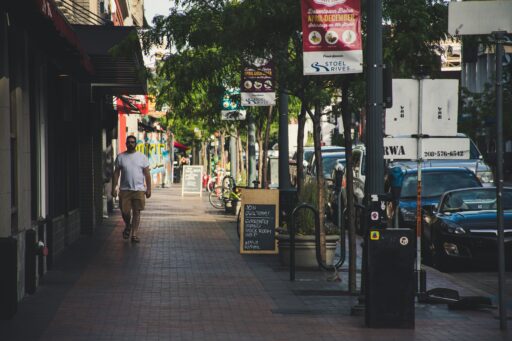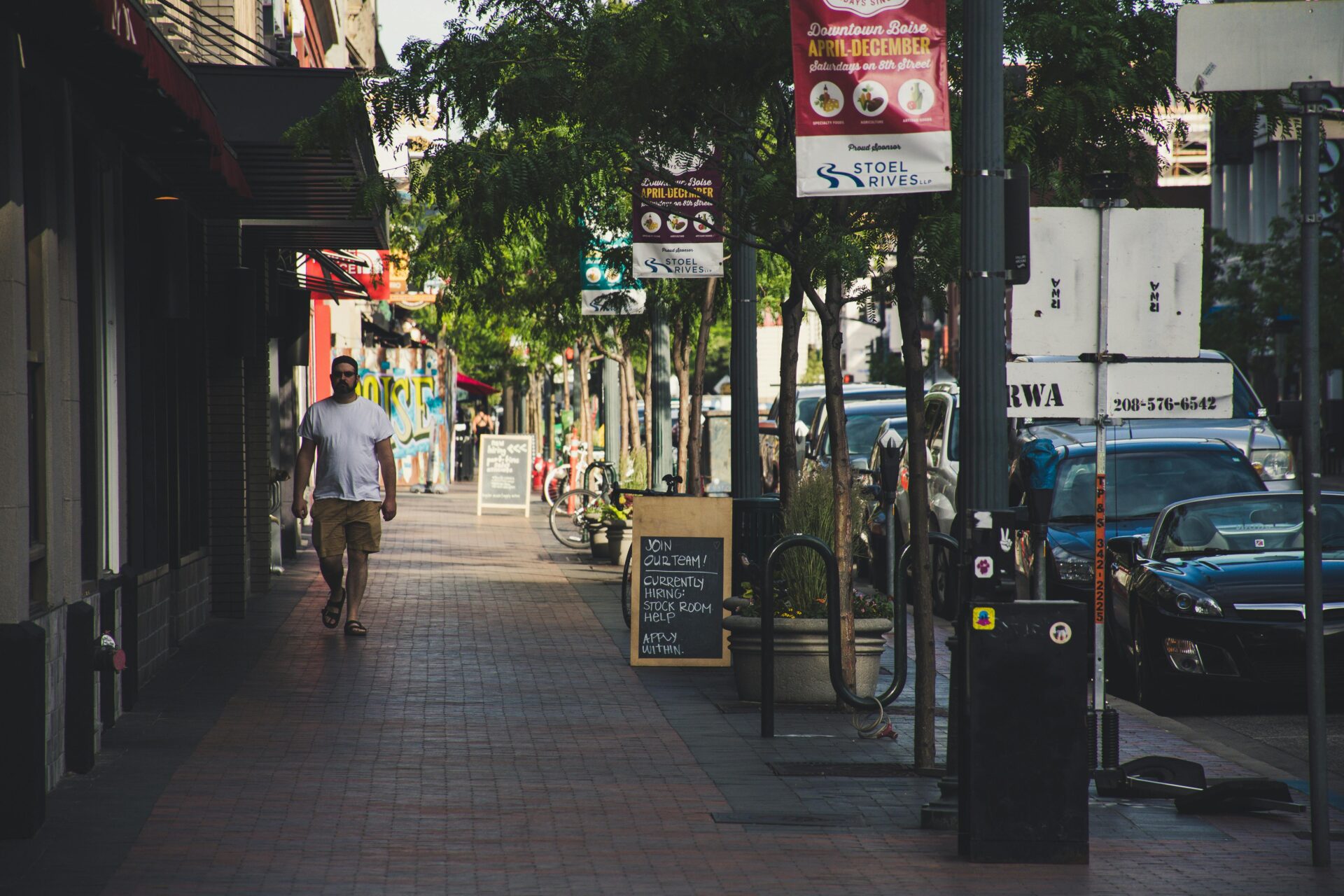Choosing where to live is one of the most important life decisions anyone can make. It’s not just about job prospects or housing prices—it’s about day-to-day experiences, personal wellbeing, and the overall environment a state offers.
For many, Idaho has emerged as a serious contender thanks to its natural beauty, relatively low cost of living, and growing communities. But how does the quality of life in Idaho truly stack up when compared with other states across the U.S.?
Let’s take a deeper look into what defines Idaho’s quality of life, how it compares with national trends, and what residents and newcomers alike can expect.
Understanding Quality of Life in Idaho
Quality of life is a broad term that encompasses several critical areas: cost of living, healthcare, education, job opportunities, safety, environment, and access to recreation. Idaho scores favorably in some of these areas and faces challenges in others, depending on the region and individual priorities.
In recent years, Idaho has seen a notable population increase as people relocate from higher-cost coastal states in search of more space, financial flexibility, and access to outdoor lifestyles. While this influx has contributed to the state’s economic vitality, it has also placed pressure on infrastructure and housing availability in certain areas.
Cost of Living and Affordability
One of Idaho’s biggest draws continues to be its overall affordability compared to states like California, Oregon, or Washington. While housing prices have increased, especially in urban centers, the median home value still remains below national averages in many parts of the state. Property taxes and utility costs also tend to be more manageable than in several nearby states.
However, as demand grows, affordability in certain cities is becoming a concern. Idaho’s rural towns still provide low-cost options, but newcomers may find it increasingly difficult to find bargains in more popular areas. This mix of access and rising cost highlights the early pros and cons of Idaho for those evaluating a potential move.
Job Market and Economic Stability
Idaho’s economy is experiencing stable growth, with unemployment consistently below the national average in recent years. Employment opportunities span sectors such as manufacturing, agriculture, education, and healthcare. In addition, remote work trends have allowed professionals to maintain high-paying jobs while benefiting from Idaho’s lower cost base.
Still, Idaho’s wages can lag behind those in more competitive states. While cost of living offsets this gap to some extent, younger professionals and recent graduates may find limited career mobility in certain industries. Comparatively, other states with more diverse economies may offer faster advancement or greater job variety.
Healthcare and Public Services
When assessing quality of life, access to healthcare is a vital factor. Idaho ranks lower than average in terms of healthcare access and provider availability per capita. Rural residents, in particular, may face long travel times for specialized care or experience limited options for insurance and medical facilities.
On the other hand, Idaho performs relatively well in public safety and community engagement. Many towns and cities have low crime rates, and local governments continue to invest in infrastructure, transportation improvements, and emergency services to meet growing population needs.
Education and Learning Environment
Idaho’s education system presents a mixed picture. Public K-12 schools receive moderate ratings across the state, though performance can vary widely depending on the district. Access to higher education is available through state universities and community colleges, but out-of-state students may still prefer institutions with larger research budgets or national rankings elsewhere.
Education investment remains a priority for state leadership, and many communities take an active role in supporting their local schools. However, Idaho continues to rank below national averages in per-pupil spending, which can influence class size, teacher resources, and extracurricular offerings.
Natural Environment and Recreation
One area where Idaho consistently stands out is its natural environment. The state’s vast wilderness, protected forests, and scenic waterways provide residents with access to an unparalleled range of outdoor experiences. Whether it’s hiking, fishing, skiing, or simply enjoying the slower pace of small-town life, Idaho offers a connection to nature that few states can match.
Air and water quality across the state are generally strong, thanks to lower pollution levels and environmental protections. This not only supports physical health but also contributes to mental well-being, especially for families and individuals seeking a more peaceful lifestyle outside of dense urban hubs.
Cultural Growth and Community Life
Cultural opportunities are growing in Idaho’s larger cities, with new investments in the arts, local events, and creative community spaces. While it may not yet rival the entertainment or nightlife offerings of larger coastal metros, Idaho offers a quieter, community-oriented lifestyle that many residents consider a key benefit.
The sense of belonging in Idaho is strong. Small-town charm, volunteerism, and neighborhood events foster a culture of inclusion and shared identity. Compared to other states where transience is common, Idaho still holds on to values of long-term connection and civic pride.
Conclusion
Idaho’s quality of life offers a compelling blend of affordability, outdoor beauty, and community-centered living that appeals to a wide range of residents. When compared to other U.S. states, it holds a competitive edge in natural access and cost of living—though challenges in healthcare access, education funding, and job diversity do temper the picture for some.
Ultimately, how Idaho compares depends on what individuals value most. For those prioritizing nature, safety, and affordability, the Gem State continues to shine. But anyone considering a move should weigh their personal and professional needs carefully to ensure a good match. As Idaho continues to evolve, it’s clear that it offers not just a place to live, but a lifestyle many are actively seeking out.







